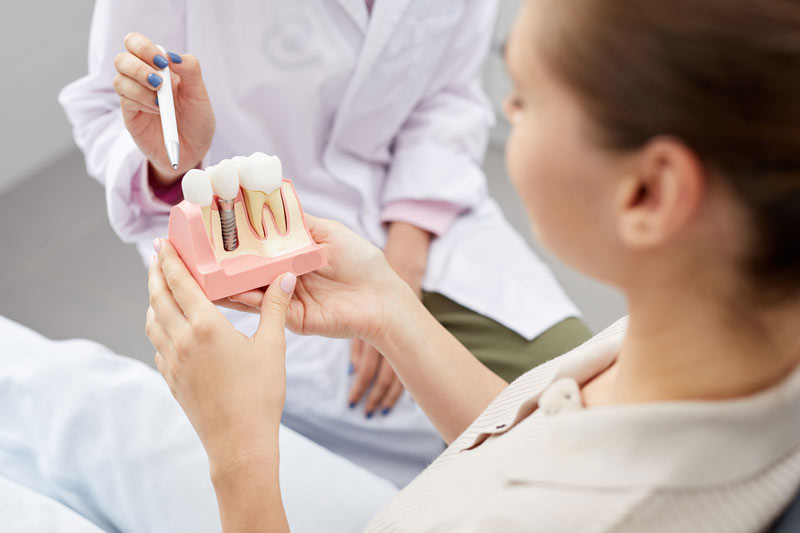Each individual dental care situation carries certain risks and the dental worker takes the recommended precautions for the specific situation.
For instance, dental workers wear gloves if they expect their hands to be exposed to saliva that may contain blood. In that way the worker is protected from 'catching" a disease from a patient. The patient is also protected against diseases that might be transmitted to the patient from the worker's hands.
Similarly if splashes or splatters are anticipated during dental care, the dental worker may wear a mask and eye protection goggles.








